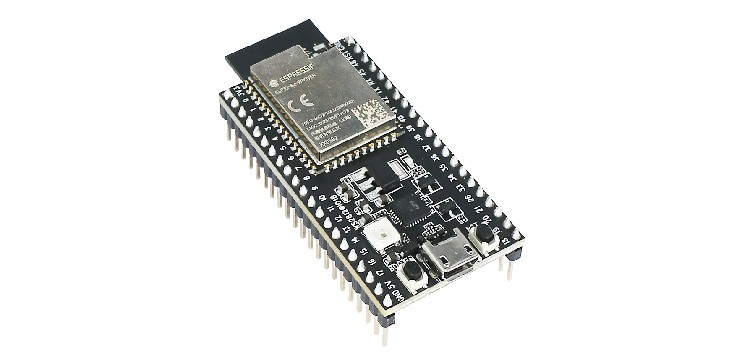- Home
- Hardware
- SDKs
- Cloud
- Solutions
- Support
- Ecosystem
- Company
- Contact
news
ESP HomeKit SDK Opened Up on GitHub
Shanghai, China
Oct 30, 2020
Espressif Systems’ own implementation of the Apple HomeKit has now been opened up on GitHub. It supports ESP32, ESP32-S2 as well as ESP8266.
As is widely known, HomeKit is a framework developed by Apple for communicating with iOS devices, and controlling connected accessories in a user’s smart home. A few months ago, Espressif released a port of Apple’s HomeKit Accessory Development Kit (ADK), so that developers could build non-commercial HomeKit accessories on ESP32 and ESP32-S2 chips. Now, Espressif’s own implementation of HomeKit, the ESP HomeKit SDK, can work on ESP8266, too.
Moreover, the ESP HomeKit SDK has also been opened up on GitHub, offering APIs with a great level of usability, as well as multiple examples, including how to make an ESP HomeKit bridge, outlet, fan, or light bulb. The available documentation can help even beginners to experiment with ready-made examples of how to get started.
Features of this SDK:
- Easy APIs for implementing all standard HomeKit profiles defined by Apple.
- Additional customised accessory-specific Services and Characteristics.
- Samples (Fan, Lightbulb, Outlet, Bridge, Data-TLV8, Ethernet) for enabling quick accessory development.
- Support for ESP Unified Provisioning.
The ESP HomeKit SDK ensures easy integration with other ESP-IDF components, such as the above-mentioned Unified Provisioning, which is supported by default. Additionally, we have also integrated ESP RainMaker with the ESP HomeKit SDK, so that you can now control your devices with Alexa, Google Assistant as well as Siri. More specifically, an example firmware can demonstrate a switch in which HomeKit is integrated. The firmware runs on an ESP32-S2-Saola-1 board, and uses the RGB LED and the BOOT button to show and change the switch status. A green LED indicates that the switch is on. When pressed, the BOOT button will toggle the state of the switch to OFF (and the LED to red). A subsequent press will turn the switch ON again. The phone app will also reflect this status. Once the board is set up, it can also be paired from the iOS Home App. You can get all the details about this integration example here.

ESP32-S2-Saola-1
Please note that if you want to build commercial HomeKit products, you should contact us through our website, in order to get access to the MFi variant of this SDK.


 LinkedIn
LinkedIn 微信
微信
 Twitter
Twitter Facebook
Facebook
